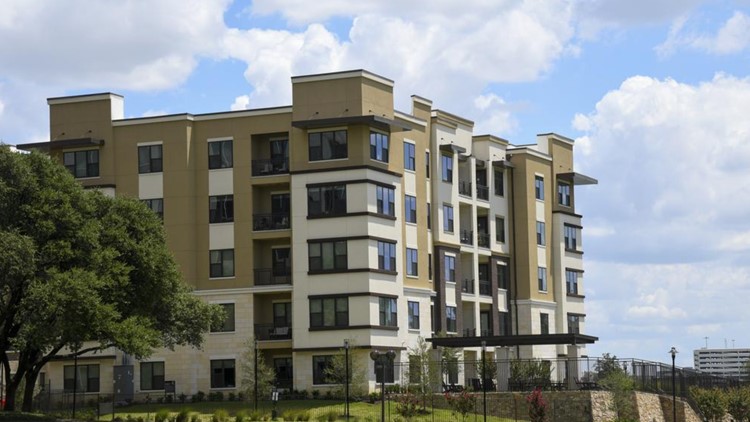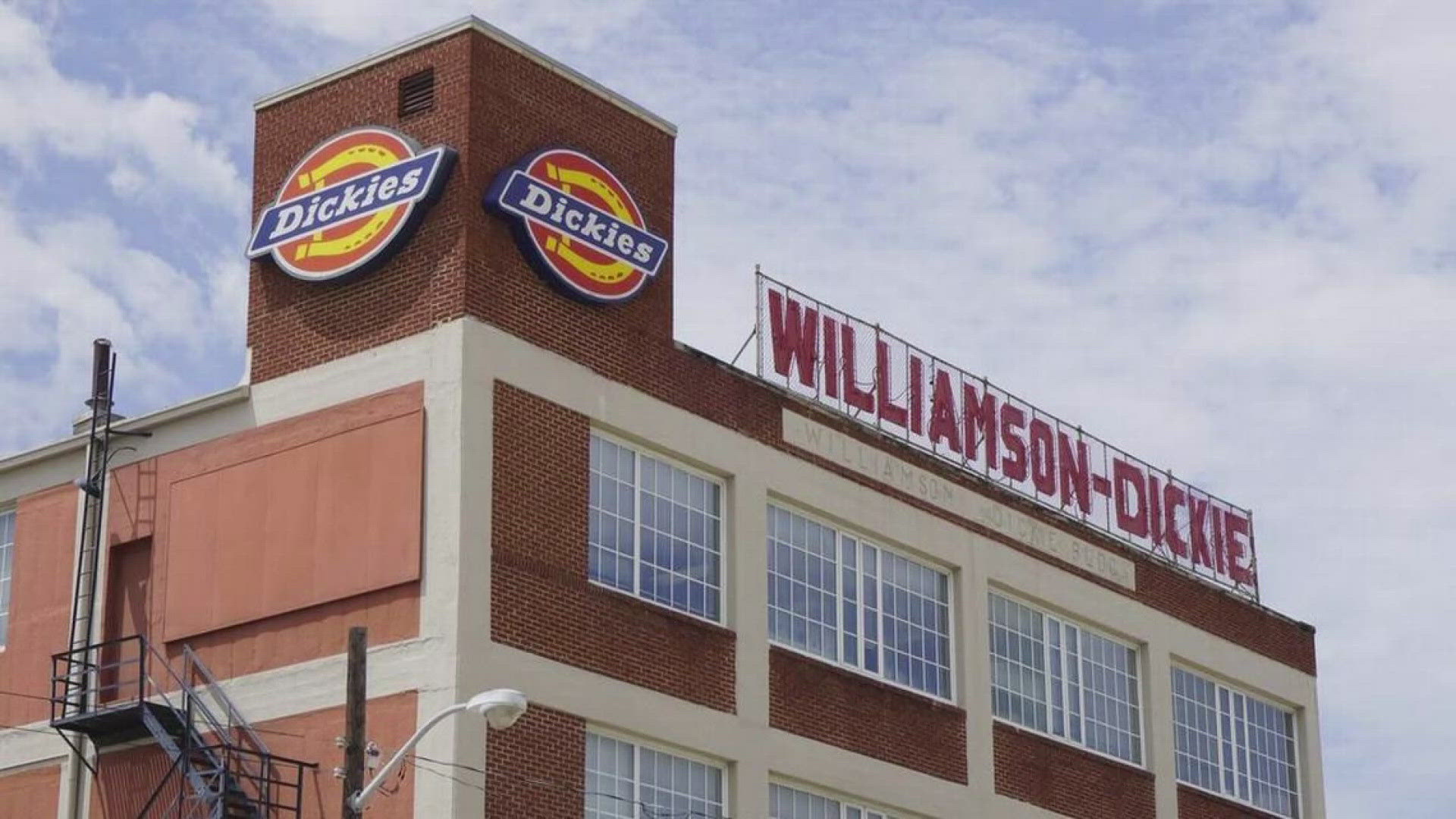DALLAS — Read this story and more North Texas business news from our partners at the Dallas Business Journal
Driven by population and job growth, the Dallas market added more apartments over the last decade than anywhere in the nation, according to just-released data.
The Dallas market — not including the Fort Worth side of the Metroplex — added 172,259 apartment units in the last 10 hours years, resulting in an expansion rate of 34%, according to Richardson-based multifamily analysis firm RealPage.
Those additions took the market’s existing unit count to 674,458 through the first quarter of this year.
Four of the nation’s fastest growing submarkets over the past 10 years were in the Dallas market.
Much of the development has been to the north and east of Dallas and includes areas along U.S. 75, the Dallas North Tollway and Interstate 30.
The Frisco, Allen-McKinney and Rockwall-Rowlett-Wylie multifamily submarkets accounted for more than one-fourth of Dallas-area apartment deliveries since the beginning of 2013, according to RealPage data. All three of those submarkets have monthly rents that run above the market average.
The Frisco submarket led not only the state but the nation in percentage growth over the past decade, ballooning its apartment base by 258%, for an additional 22,284 new apartments since first-quarter 2013. That calculates to 13% of all the new units added in the Dallas market since 2013. The only submarkets nationwide to build more units during that period were Brooklyn, with 29,418 units, and Jersey City, with 24,259 units.
In the past year alone, the Frisco submarket’s apartment base grew about 15%, the fourth-fastest growth pace nationally. The submarket includes the booming city of Celina to the north, and the bustling Dallas North Tollway cuts straight through the submarket.
Effective asking rents in Frisco are some of the steepest in Dallas, at $1,794 per month as of the first quarter of this year, according to RealPage.
Turning to Rockwall-Rowlett-Wylie, roughly 6,400 units were added in the submarket, resulting in apartment inventory growth of more than 180% in the past 10 years, the third-biggest percentage increase nationwide.
Allen-McKinney saw over 15,700 units delivered over the decade, also one of the strongest percentage increases nationwide. This additional inventory increased the submarket’s existing apartment base by over 104%.
Average rental rates in the Allen-McKinney and Rockwall-Rowlett-Wylie submarkets top $1,620 monthly, surpassing the Dallas-market norm of $1,572.
The western side of DFW
The Fort Worth submarket saw delivery of more than 43,000 units during the past decade, growing existing stock nearly 24%. Fort Worth had 227,360 apartment units of inventory as of first-quarter 2023 vs. 184,136 a decade prior.
Like Dallas, Fort Worth’s most active apartment construction activity has been to the north, primarily in the North Fort Worth-Keller submarket, accounting for one-fifth of Fort Worth’s inventory growth over the past decade.
North Fort Worth-Keller grew from around 6,400 units in early 2013 to just over 15,500 units in early 2023, soaring 142%. In just the past year, North Fort Worth-Keller’s existing inventory grew 13%, the fifth-fastest growth pace nationally. Apartment development in the submarket is being driven by easy access to downtown Fort Worth via Interstate 35, high-quality school districts, and proximity to employment hubs, including the 27,000-acre masterplanned AllianceTexas community, a magnet for corporate businesses, industrial facilities and jobs.
North Fort Worth-Keller asking rents are about $1,634 per month as of the first quarter.
Among the submarkets surveyed, the south Fort Worth suburb of Burleson-Johnson County saw sharp inventory growth, with an all-time high increase of 20.1%. And inventory in the South Arlington-Mansfield submarket grew 12.4%.
Across Texas
Elsewhere in the Lone Star State, apartment additions in Houston totaled 149,349 units during the past decade, second in the nation to only Dallas. Those deliveries boosted Houston’s existing apartment base 25%, according to data from RealPage Market Analytics..
The Austin market added more than 96,000 units, on net, over the past 10 years, growing its inventory base 50%.
And as of first quarter 2023, the existing unit count in San Antonio stood at just over 222,100 units — up by nearly 53,000 units since Q1 2013, representing a 31% growth rate.
The rent outlook
After a surge in apartment rents in 2022, rates in Dallas-Fort Worth have plateaued this year compared to double-digit percentage increases in 2022, when rates soared due mainly to high demand.
But the multifamily construction boom continues, at least for now. More than 74,000 apartments were being built in the area at the end of the first quarter, compared to about 65,500 apartments under construction at this time last year, according to RealPage.
Long-term apartment-market fundamentals in DFW remain strong, said Tim Harris, vice president of Rosewood Property Co., which develops apartment communities throughout DFW.
Corporate relocations, job growth and population growth continue to drive the rental market, Harris said.
“Texas in general, and DFW in particular, is a very diverse economic climate,” he said.



